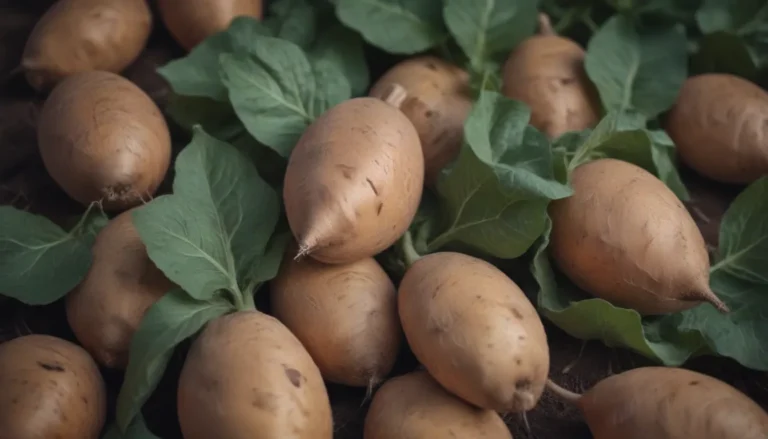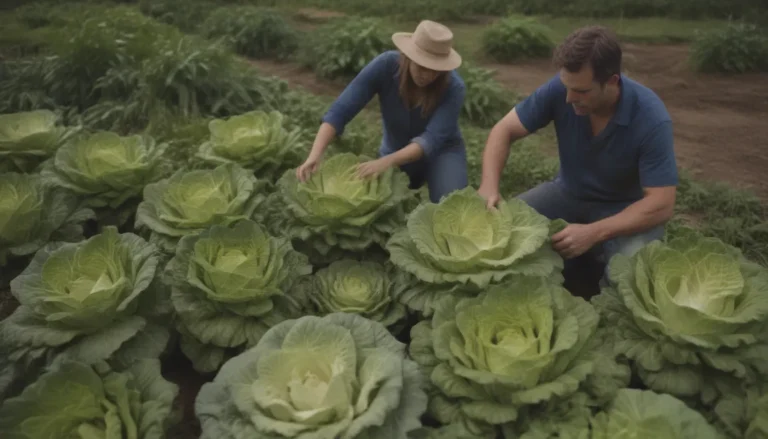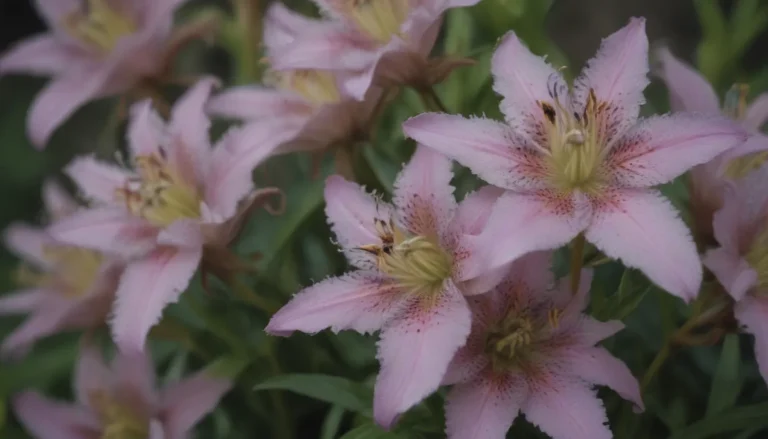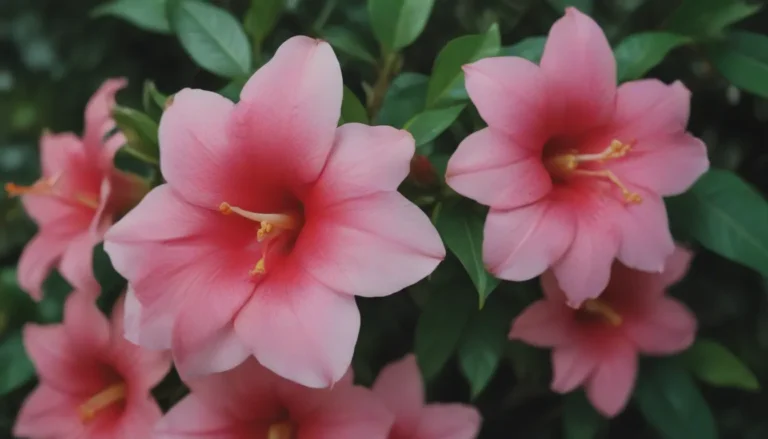Everything You Need to Know About Growing and Caring for the Paperbark Maple Tree
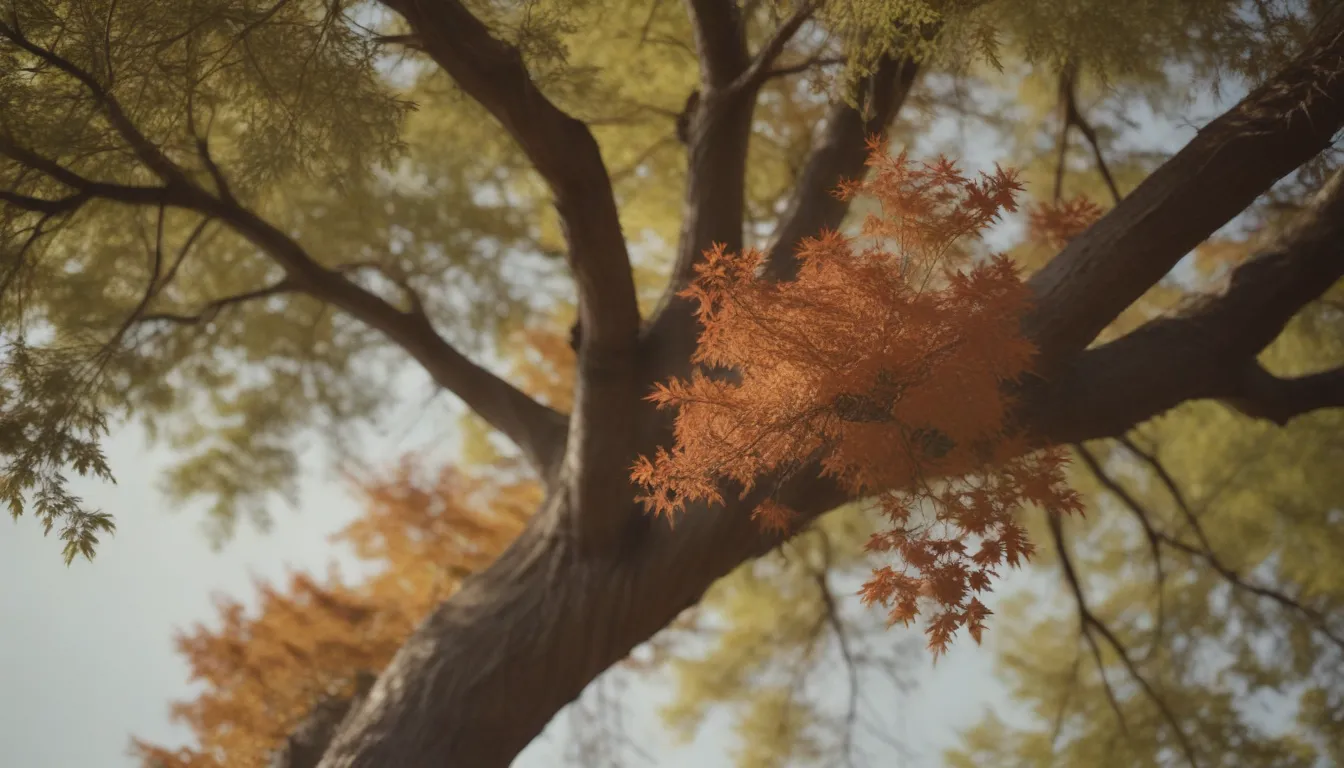
Are you looking to add a touch of unique beauty to your landscape year-round? The paperbark maple tree might just be the perfect addition for you. In this comprehensive guide, we’ll delve into everything you need to know about growing and caring for this fascinating species.
Introducing the Paperbark Maple Tree
The paperbark maple is a charming, relatively small deciduous tree known for its distinctive features. With trifoliate leaves, dark green in color and toothed edges, this tree offers a stunning display of fall colors typical of maples. What sets it apart, however, is its peeling copper-orange to reddish-brown bark, a rare sight for maple trees.
Native to China, paperbark maple trees have a slow-growing habit, reaching heights of up to 30 feet over a period of 20 years. While this slow growth may require some patience, the unique beauty it brings to your landscape makes it well worth the wait. Keep in mind that these trees can be relatively expensive to purchase as mature specimens from garden centers due to their slow growth rate.
Why Choose a Paperbark Maple?
- Unique peeling bark sets it apart from other maples
- Resilient against drought and pests
- Ideal for small yards and as an ornamental specimen
- Popular choice for bonsai enthusiasts
Paperbark Maple Care Tips
Once you’ve decided to bring a paperbark maple tree into your garden, it’s essential to understand how to properly care for it. Let’s explore some key care tips to help your tree thrive.
Light Requirements
Paperbark maples thrive in both full sun and partial shade, making them versatile for different landscape locations. Ensure they receive between two to six hours of sunlight daily to support healthy growth.
Soil Conditions
The best soil for paperbark maple trees is moist and well-drained, but they can tolerate various soil types, including clay soils. A neutral to slightly acidic soil pH level is ideal for optimal growth.
Watering Needs
While paperbark maples have moderate water requirements, it’s crucial to keep the roots moist during the first few growing seasons. Once established, deep watering once a week during hot, dry weather is sufficient. Mature trees typically do not need additional watering beyond natural precipitation.
Temperature and Humidity Tolerance
Paperbark maple trees are hardy in zones 4 through 8, making them adaptable to a wide range of temperatures. They are drought-tolerant but may experience leaf scorch in extremely dry, hot conditions.
Fertilization
Paperbark maples do not require special fertilization. A layer of mulch around the base of the tree can provide sufficient nutrients for healthy growth. It’s important to note that slow growth in these trees cannot be remedied with additional fertilizer.
Pruning Your Paperbark Maple Tree
Proper pruning is essential to maintain the health and aesthetic appeal of your paperbark maple tree. Here are some tips for effective pruning:
- Choose between a single trunk or multiple stems early on
- Prune to remove dead, diseased, or damaged wood only as needed
- Prune during late fall or early winter to avoid sap bleeding
Remember, excessive pruning can harm the tree, so it’s best to only remove what is necessary for its well-being.
How to Grow a Paperbark Maple From Seed
While growing a paperbark maple from seed can be a challenging and time-consuming process, it is still possible for those who enjoy gardening experiments. Here are some steps to follow if you’re interested in growing a tree from seed:
- Collect paperbark maple seeds from mature trees
- Stratify the seeds to simulate winter conditions
- Plant the seeds in a well-draining soil mix
- Provide consistent moisture and sunlight for germination
Alternatively, acquiring a young tree from a nursery is a more reliable and efficient way to introduce a paperbark maple to your garden.
Conclusion
In conclusion, the paperbark maple tree offers a unique blend of beauty and resilience, making it a popular choice for many gardeners. By understanding its specific care requirements and growth habits, you can successfully cultivate and enjoy this enchanting tree in your landscape for years to come. Whether you’re a bonsai enthusiast or a homeowner looking to enhance your yard, the paperbark maple is sure to bring charm and character to your outdoor space. Explore the possibilities of growing this remarkable tree and elevate the beauty of your garden today.
